Low Income Lives
Aug 28, 2019
1 min
The “Low-Income Lives” series from MSC shines a light on how poor people deal with small incomes. MSC presents this series as publications based on careful research that shows how the poor cope with meager cash inflows to manage their daily lives.
MSC’s “Low-Income Lives” is a series of publications that uncovers how the poor manage on small incomes. These insights have emerged from a large body of careful, evidence-based, and in-depth research in selected geographies. The writings provide an opportunity to learn about the lives of the poor as they deal with small incomes, based on solid data from groundbreaking field research.
 Aug 28, 2019
Aug 28, 2019 1 min
1 min 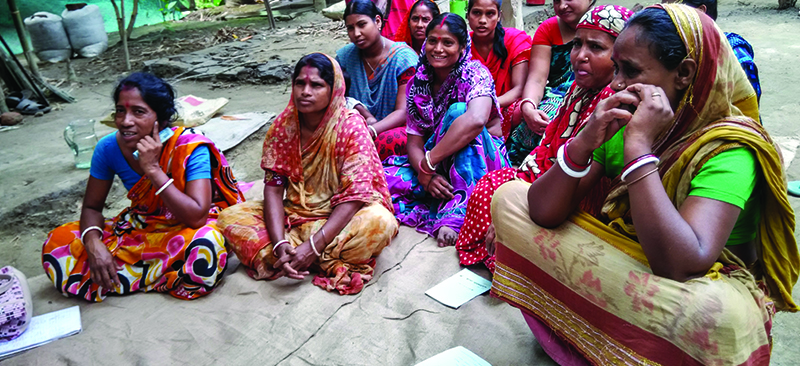
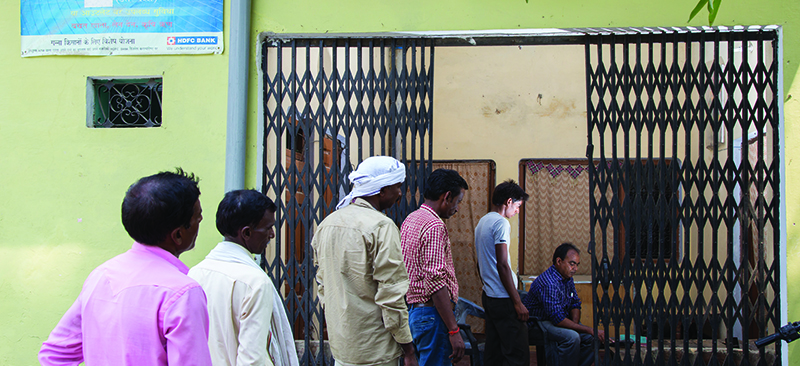
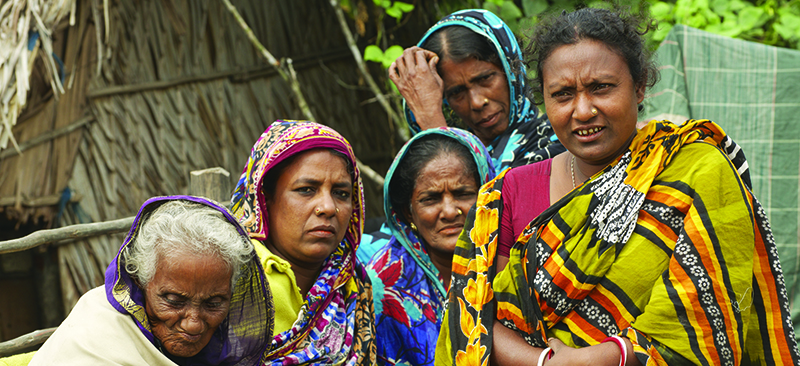
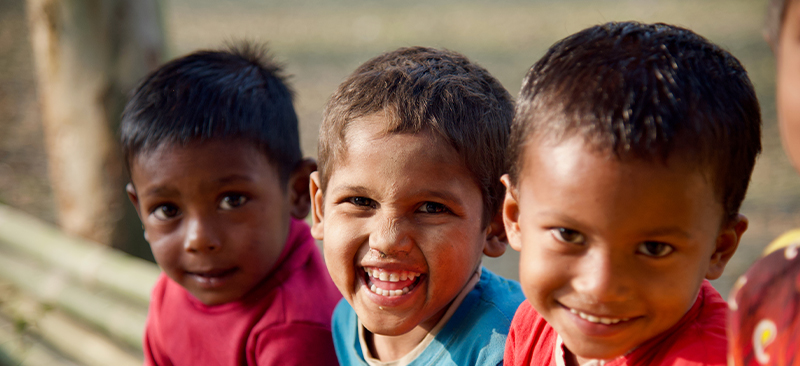
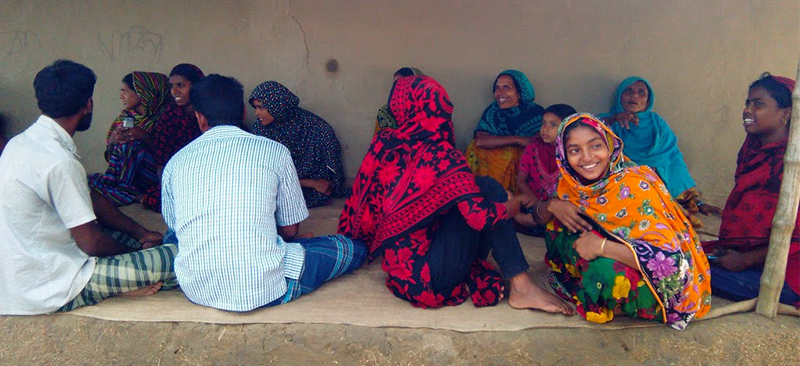

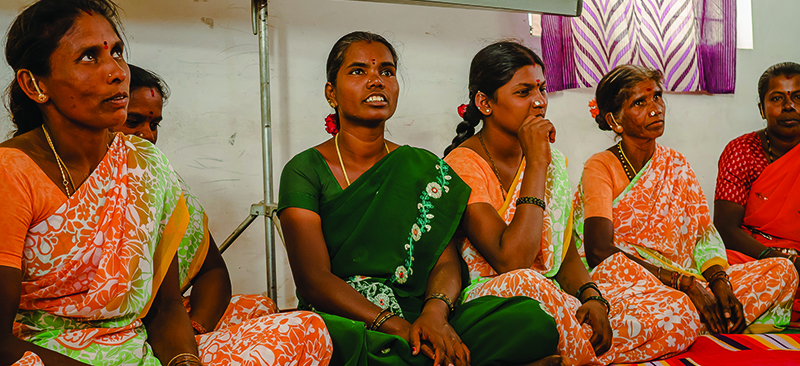
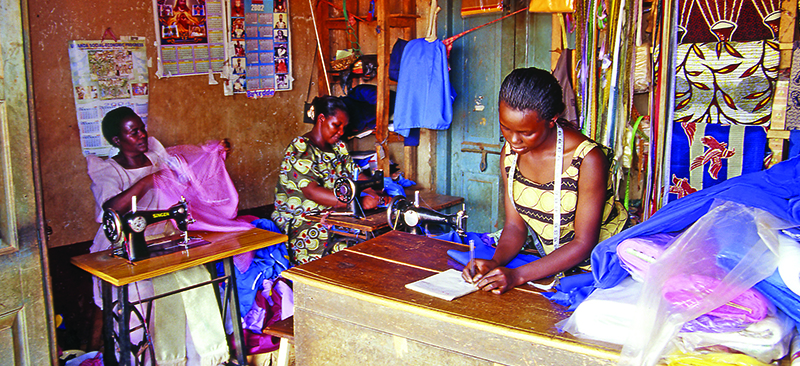
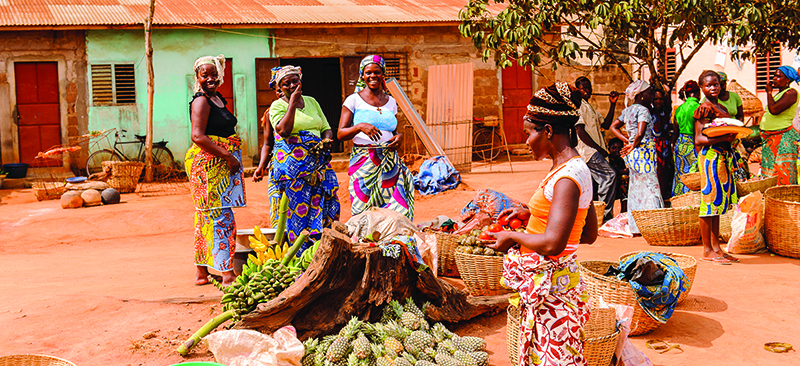
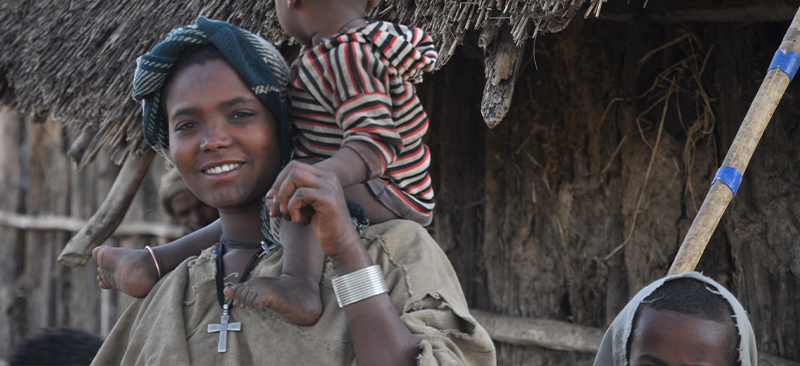
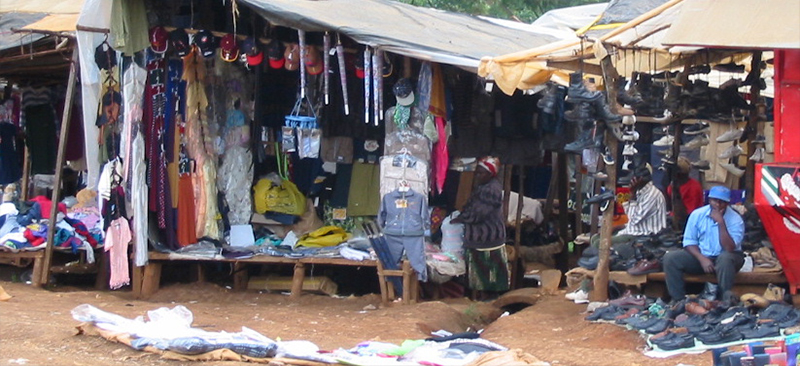
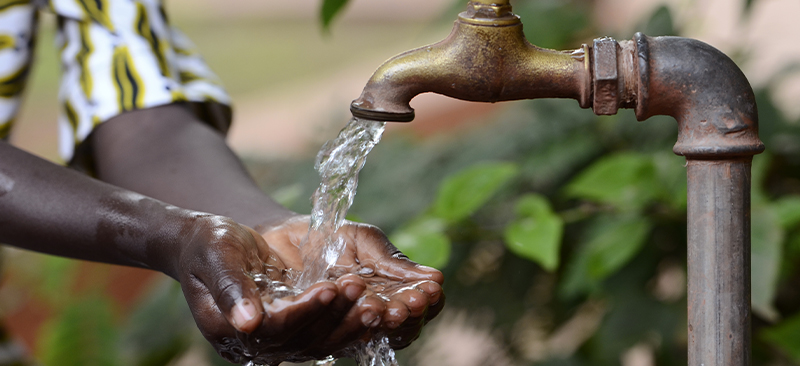
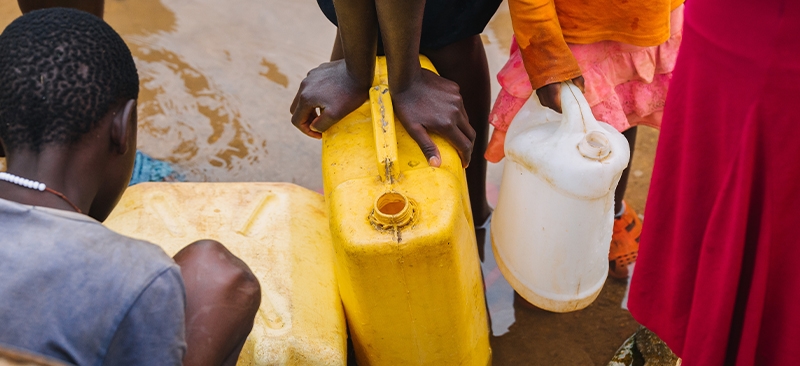
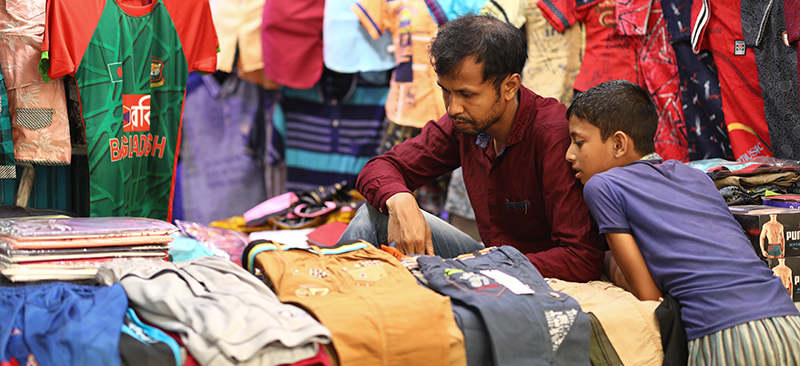
Leave comments